Optimal Timing for Fire Restorations
Determining the optimal time for fire restorations depends on various factors including weather conditions, fire season activity, and property readiness. Typically, the most suitable periods are during the late spring to early fall when weather is stable and accessible. Conducting restorations during these times can facilitate faster and more effective work due to favorable environmental conditions.
Fire restorations are often most effective in seasons with dry weather, which reduces delays caused by rain or snow.
Post-fire periods, usually after the fire has been contained, are ideal for starting restoration efforts to prevent further damage.
Avoiding periods of high humidity or heavy rainfall ensures better restoration outcomes and reduces complications.
Choosing a time when access to the property is unobstructed by snow or adverse weather improves project efficiency.
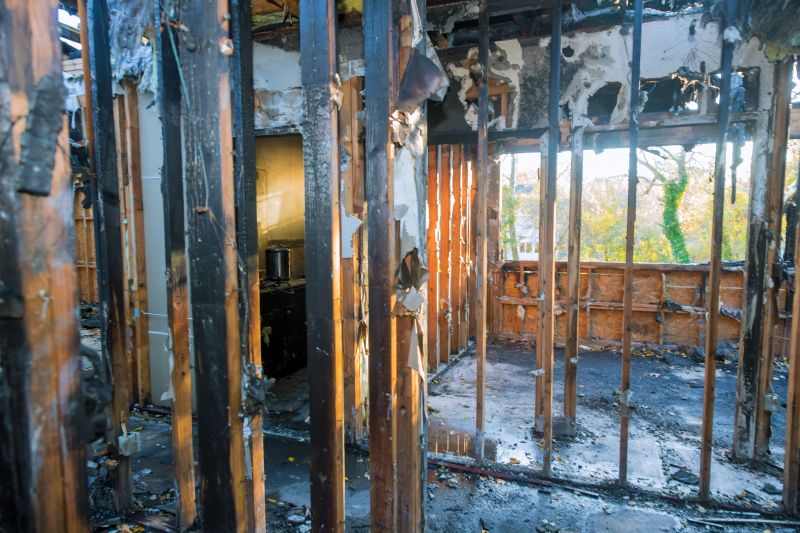
Ways to make Fire Restorations work in tight or awkward layouts.
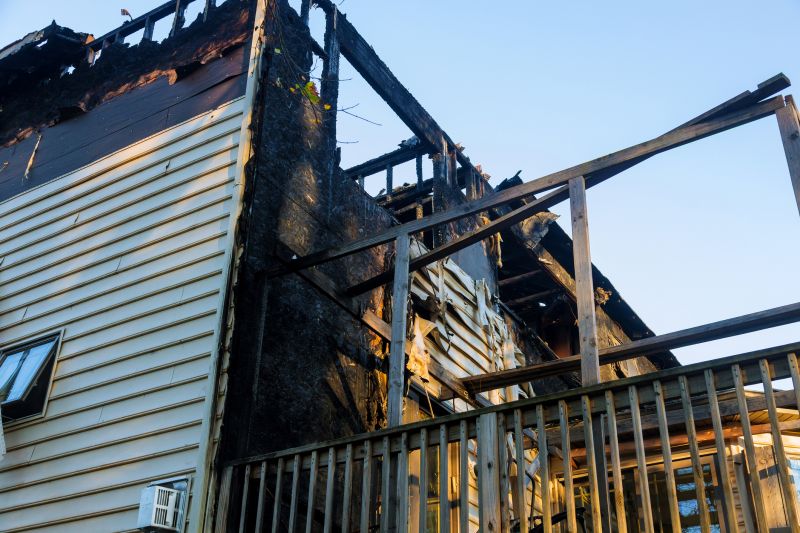
Popular materials for Fire Restorations and why they hold up over time.
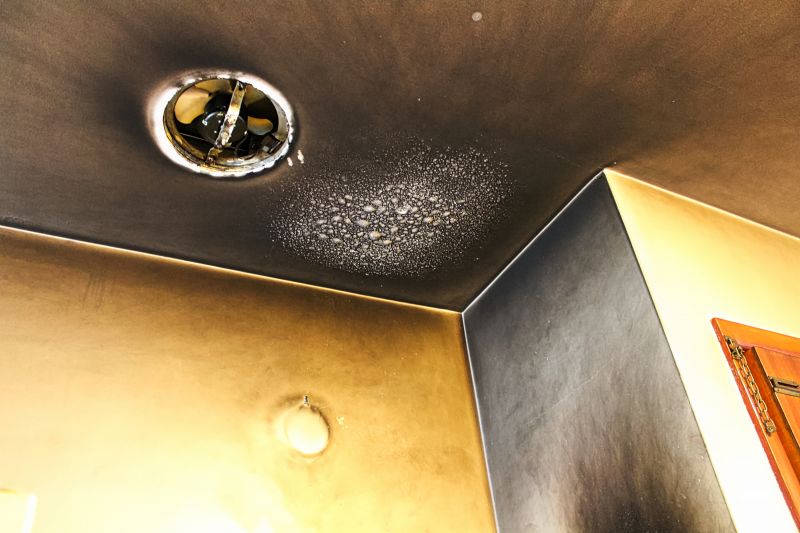
Simple add-ons that improve Fire Restorations without blowing the budget.
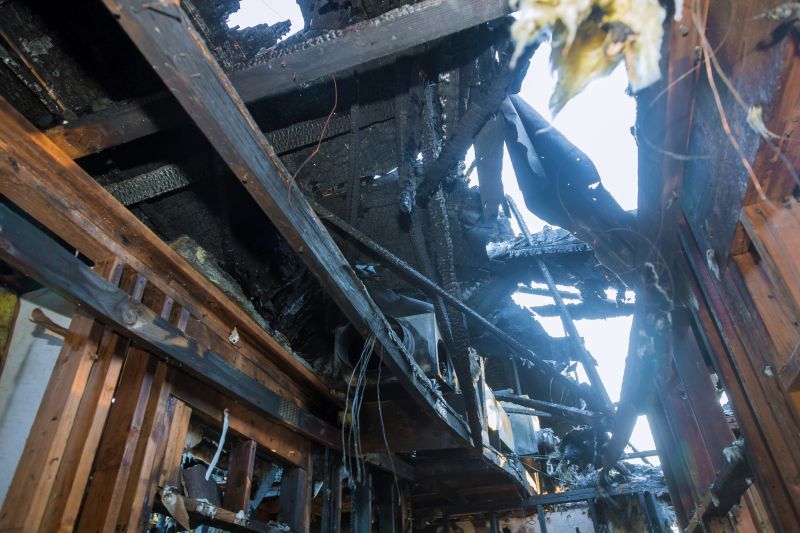
High-end options that actually feel worth it for Fire Restorations.

Finishes and colors that play nicely with Fire Restorations.
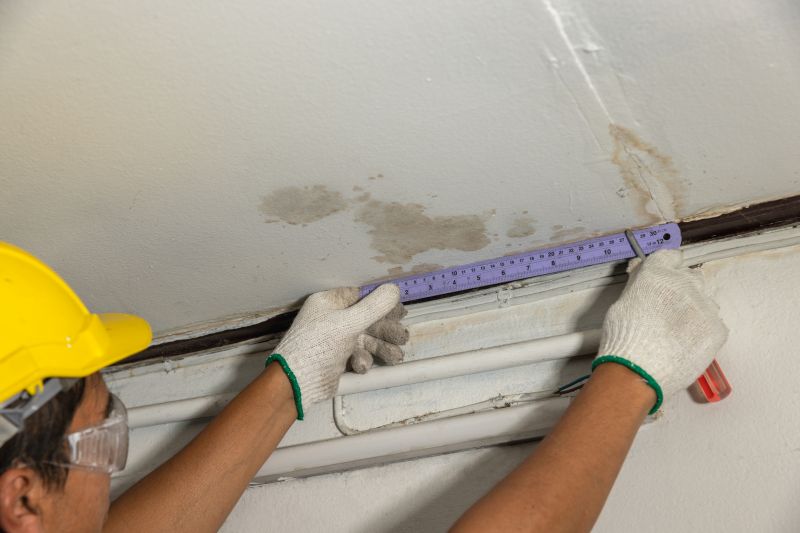
Little measurements that prevent headaches on Fire Restorations day.
| Factor | Impact on Timing |
|---|---|
| Weather Conditions | Stable, dry weather supports faster restoration |
| Fire Season Activity | Post-fire periods are optimal for intervention |
| Property Accessibility | Clear access expedites work |
| Insurance Processes | Aligning with claim timelines is beneficial |
| Local Regulations | Compliance requirements may influence timing |
Fire restorations involve comprehensive processes including debris removal, structural repairs, smoke and soot cleaning, and odor mitigation. Effective restoration can significantly reduce long-term damage to property and improve safety. Statistics indicate that timely intervention can decrease restoration costs by up to 30 percent and minimize health risks associated with residual smoke and toxins.
Proper planning and execution during the appropriate season can lead to more efficient and thorough fire restoration outcomes. It is essential to consider environmental and logistical factors to determine the best time for initiating restoration efforts.

A 60-second routine that keeps Fire Restorations looking new.
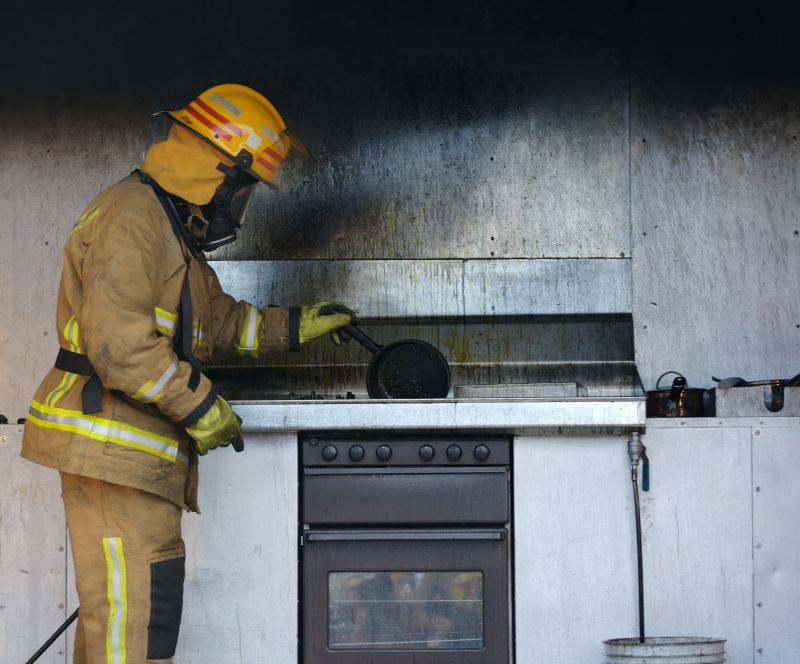
A frequent mistake in Fire Restorations and how to dodge it.

Small tweaks to make Fire Restorations safer and easier to use.
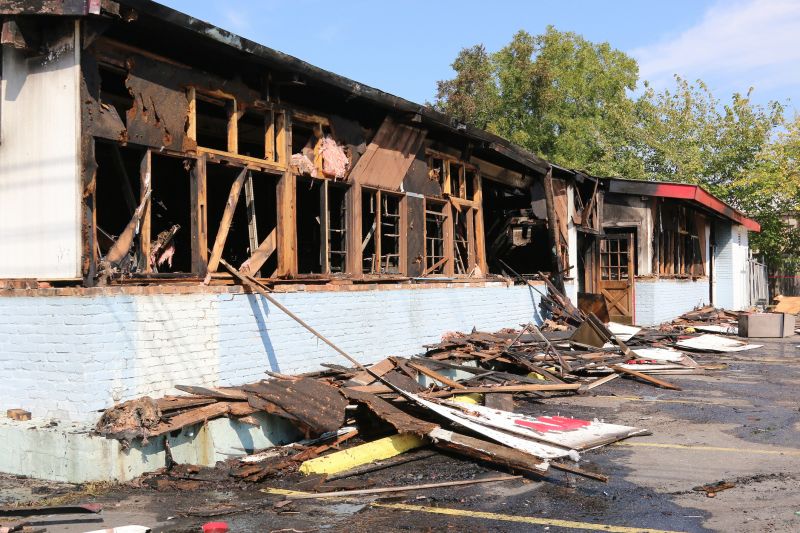
Lower-waste or water-saving choices for Fire Restorations.
Interested property owners can contact for more information or to schedule a fire restoration assessment. Proper timing and professional intervention are crucial for effective recovery from fire damage.



